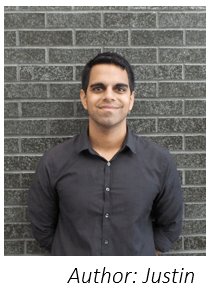Reducing Redundancy in Results Chapters
Quantitative results chapters have the potential to sound repetitive and robotic. What can be done to spice it up and incorporate a unique perspective? Here we discuss some ways to break up or reduce redundancy in your results chapter.
For starters, when discussing the demographics of the sample, provide detailed narrative about the distribution of characteristics. Offer insight into what was surprising or unexpected. Perhaps the gender or racial disparity of participants was different than you expected. Or perhaps you anticipated an older demographic participating. Some reviewers will require you to relate the characteristics of your sample back to the population, so take opportunities to comment on the representativeness of your sample where appropriate. For descriptive statistics, try to compare scores to a previously established benchmark so that the audience has a reference point for what past studies have shown.
When using parametric analyses, statistical assumptions such as normality, linearity, or homoscedasticity are typically checked. If the same parametric analyses are conducted multiple times throughout the study, it may be most effective to cover all the statistical assumptions in one subsection prior to the inferential analyses. This way, you can efficiently present a definition and report the findings of each assumption test. This also allows you to avoid repeating descriptions of the assumption tests throughout your chapter.
Finally, as you report the findings of your inferential analyses, try to provide unique insight into what each finding means, even if similar analyses are being used. Provide the statistics and explain what the findings mean in layman’s terms; assume your reader had no background in statistics. You will want to leave the deep interpretation and implications of the findings for the discussion chapter, but you should still give enough explanation of the findings so that any reader will understand what you found.

We work with graduate students every day and know what it takes to get your research approved.
- Address committee feedback
- Roadmap to completion
- Understand your needs and timeframe
